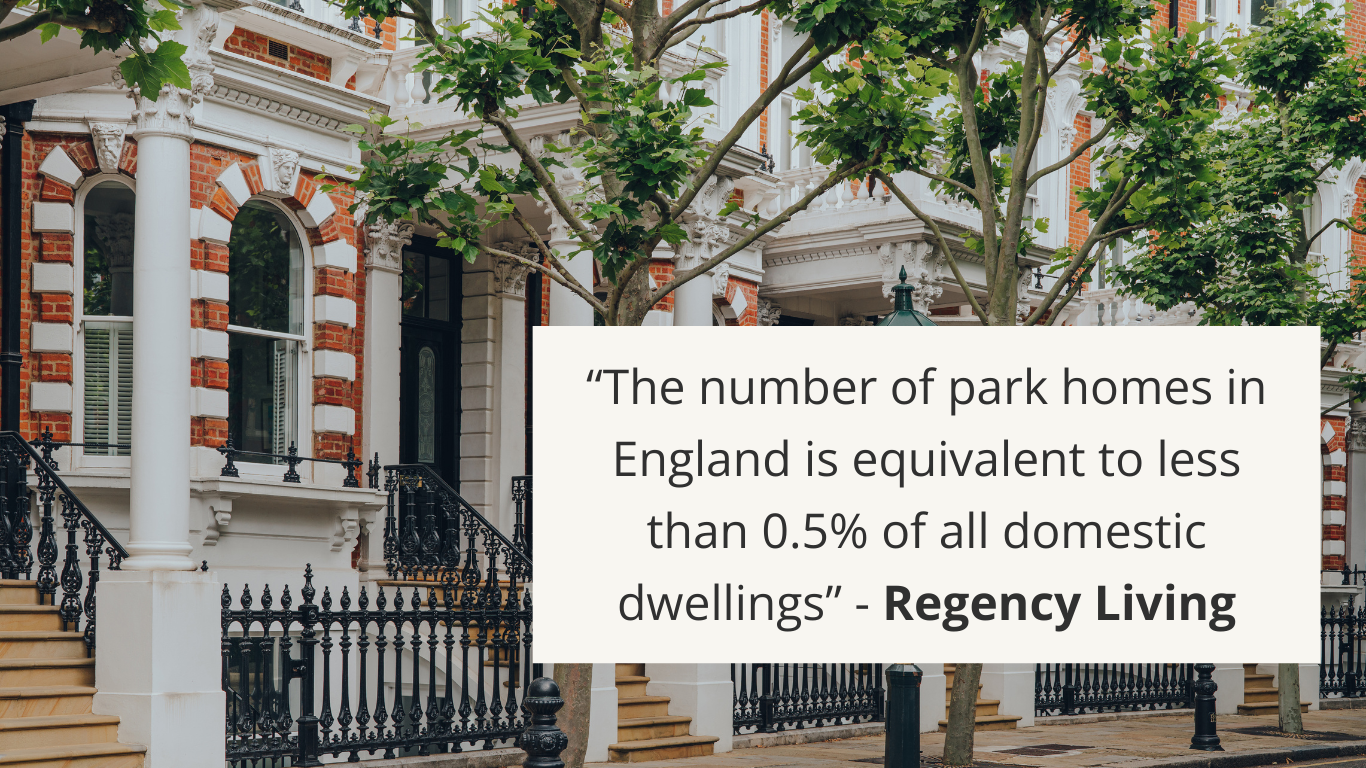
Is it a coincident or what? With the Mobo award this year hosted in Scotland – Glasgow and the tartan all over the high street , it seems we’re going to have to rock it in blocks and checkers this season.
As nosy as we’ve gone down underground tracing the emergence of tartan and how Scot it truly is. Why is it the Scottish fashion identity?
Any way before we dive into that , lets see how the Tartan is doing on the high street right now.

Limited Edition Skirt
GBP 35.00
The tartans, originally were made with woven wool but today, just like any other fashion evolution, can be found made with different materials. The tartans are usually associated with the Scots because of its historical relationship. ‘The Dress Act of 1746 attempted to bring the warrior clans under government control by banning the tartan and other aspects of Gaelic culture. When the law was repealed in 1782, it was no longer ordinary Highland dress, but was adopted instead as the symbolic national dress of Scotland‘.
Until the middle of the nineteenth century, the highland tartans were only associated with either regions or districts, rather than any specific clan. This was because like other materials tartan designs were produced by local weavers for local tastes and would usually only use the natural dyes available in that area, as chemical dye production was non-existent and transportation of other dye materials across long distances was prohibitively expensive.
The patterns were simply different regional checked-cloth patterns, chosen by the wearer’s preference – in the same way as people nowadays choose what colours and patterns they like in their clothing, without particular reference to propriety. It was not until the mid-nineteenth century that many patterns were created and artificially associated with Scottish clans, families, or institutions who were (or wished to be seen as) associated in some way with a Scottish heritage.[1] The Victorians’ penchant for ordered taxonomy and the new chemical dyes then available meant that the idea of specific patterns of bright colours, or ‘dress’ tartans could be created and applied to a faux-nostalgic view of Scottish history.
– Wikipedia.
Tartan on trend
One African international bespoke designer is one of the very few who have continued to revolutionize the way you see the tartan as just a national symbol. He has stylishly introduced the African elite into the culture of Tartan wearing as a trend. Kwame Koranteng in his latest collection due early next year, shows off a glimpse of the collection with the Afrobeat star DJ – DJ Abrantee of Capital Extra. Men and women of style and high taste continues to embrace Tartan as a daily wardrobe must have this season.


shooting with UltraViolet Pro. Amazing team. Naomi,Ace, Mel,D,Alex. Tartan collection looking good. Whole collection will be ready early 2014, for Kwame Bespoke tailoring – with Ace Aristotles.
On the high street we continue to see more and more Tartan trending on the style lists of fashion editors a hint of what’s to come for 2014. Is this a step back to the days of warriors ?
For a chance to meet the designer in action, join us on the 29th at C.Hub magazine anniversary fashion and music banquet at the Ravensbourne O2 London.
















Comment